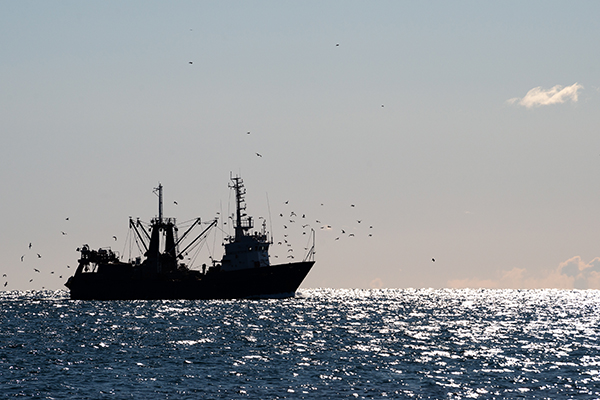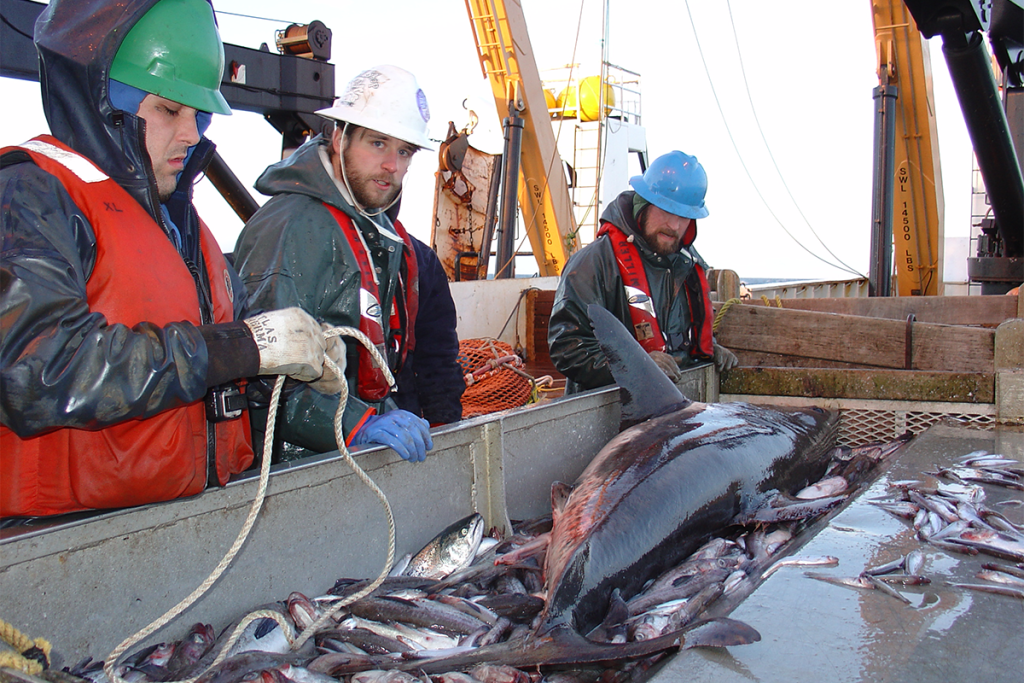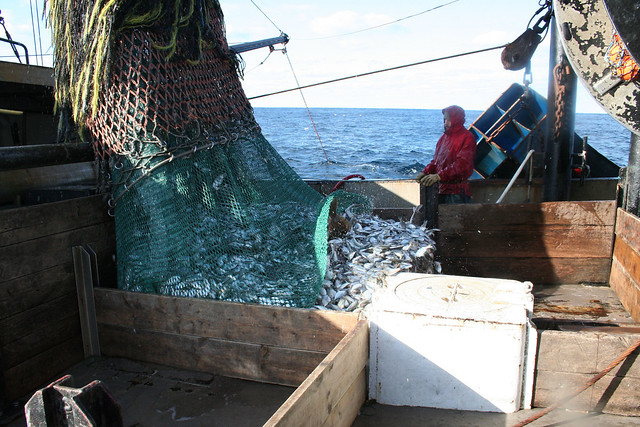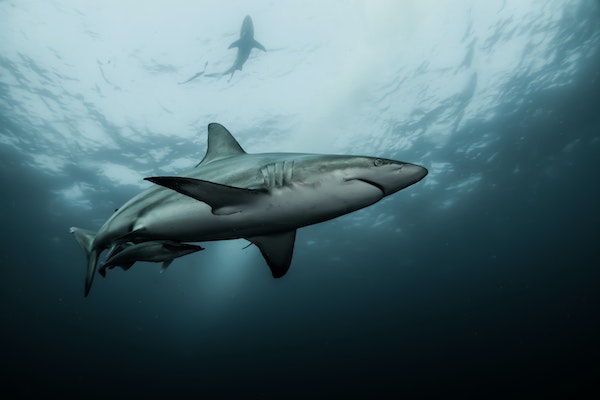Despite concerns about ‘underfishing’ and fish population decline, studies find U.S. fishing policy ‘is working’

Despite being stalled in Congress, a pair of new studies finds that the cornerstone fishing policy in the United States is doing its job: Rebuilding threatened fish populations to double their size, while not holding back most fishers from making their catch.
Commercial fishing employs 1.2 million Americans and generates more than $165 billion annually. Yet warming waters are threatening fish populations and disrupting fisheries around the world – a challenge set to worsen as climate change advances. Despite the importance of sustaining fisheries, the reauthorization of the cornerstone policy protecting them in the United States – the Magnuson-Stevens Act – has been stalled in Congress for a decade.
The hold-up is attributed to concerns about the policy. Some blame it for being too stringent and leading to what they call “underfishing,” while others argue the policy is not doing enough to rebuild depleted fish stock populations. Others argue that fish populations would have rebounded without any policy.
A pair of new studies find these concerns to be largely unsubstantiated. In analyzing the policy’s impact on fish populations, fishing and industry revenue, they find that it’s working essentially as it should. It is rebuilding fish populations, and in most cases, it is not unduly holding back fishers from making their catch.
“Many people talk about the need to manage our resources sustainably,” said Eyal Frank, lead author of the studies and an assistant professor at the University of Chicago Harris School of Public Policy. “Too often, this becomes just talk with little evidence that our policies are making a difference. Our studies provide that evidence. Our fishing policy is working, and that is very encouraging news at a time when sustaining our fisheries couldn’t be more vital.”
The first study, which was published in Science, examines the assertion of critics of U.S. fishing policy that it is too stringent and unnecessarily leaves too many fish in the water. They find that the main reason about half of the fish stocks are considered “underfished” in this way is due to “pure economics.” Fishers are not harvesting the fish because there is not enough demand for them.
Other healthy fish stocks are being left in the water because they could not be profitably caught without also catching other fish species that are depleted. Just four fish species make up the majority of the revenue of those “underfished.” Of those, most revenue came from just one species: The walleye pollock – the catch of which is not constrained by federal fisheries law.
Our fishing policy is working, and that is very encouraging news at a time when sustaining our fisheries couldn’t be more vital.
“If the concern is lost revenue or catch, it would make the most sense to narrow the focus to this small number of high-value stocks, which are constrained for specific reasons that may or may not prove tractable,” the researchers write.
In a second study, the researchers looked at a separate criticism of the policy: That it’s not doing enough to rebuild fish populations or that fish stocks would have rebounded on their own without the policy. They discovered the opposite to be true: Fish subject to the policy saw their size increase to be 52.2 percent larger than those comparable fish in the European Union, where similar fishing policies were not yet in effect.
Comparing U.S. fish populations that were depleted before the rebuilding policy went into effect to U.S. fish populations that were depleted after the policy went into effect, the study found that in the absence of policy the declining fish populations continued to decline by about 45 percent. But when the policy took effect, it took five to 10 years for the fish population to double in size – recovering to be about 98 percent greater in size than when it was first threatened.
Overall, the study indicates that the policy clearly leads to long-term gains in the fish population. But how does it impact the industry? Findings show that the fish catch and revenue declined in the first years of rebuilding, but then recovered to pre-rebuilding levels or higher within a decade. In fact, the authors report results that suggest that in the 10 to 15 years after being subject to the rebuilding efforts, the size of the catch for fish populations that had fully recovered was 51.9 percent higher than that of equivalent fish stocks in the EU.
“With many of the world’s fisheries in decline, our findings show that sustainable fishing is possible with the right policies,” said Kimberly Oremus, co-lead author of the studies and an assistant professor at the University of Delaware’s School of Marine Science and Policy.
Read the first study here.
Follow the Advocate on Twitter @GSA_Advocate
Now that you've reached the end of the article ...
… please consider supporting GSA’s mission to advance responsible seafood practices through education, advocacy and third-party assurances. The Advocate aims to document the evolution of responsible seafood practices and share the expansive knowledge of our vast network of contributors.
By becoming a Global Seafood Alliance member, you’re ensuring that all of the pre-competitive work we do through member benefits, resources and events can continue. Individual membership costs just $50 a year.
Not a GSA member? Join us.
Author
-
Responsible Seafood Advocate
[103,114,111,46,100,111,111,102,97,101,115,108,97,98,111,108,103,64,114,111,116,105,100,101]
Tagged With
Related Posts

Fisheries
U.S. Gulf of Mexico shrimp fishery enters two certification assessments
The American Shrimp Processors Association has entered the U.S. Gulf of Mexico shrimp fishery into sustainability assessments.

Fisheries
UW-CSIRO researcher identifies ‘good and best’ stock assessment practices and the consequences of ignoring them
A recommended fisheries stock assessment approach can help ensure best practices that are suitable to support management decisions.

Fisheries
NOAA report shows ‘continued progress’ in U.S. fisheries management
The report highlights successful fisheries management in the U.S. and the broad economic impact of commercial and recreational fisheries.

Fisheries
Study: Effective fisheries management reduces extinction risk of sharks and rays
The extinction risk of sharks and rays can be significantly reduced with effective fisheries management and policies, says a Virginia Tech study.



